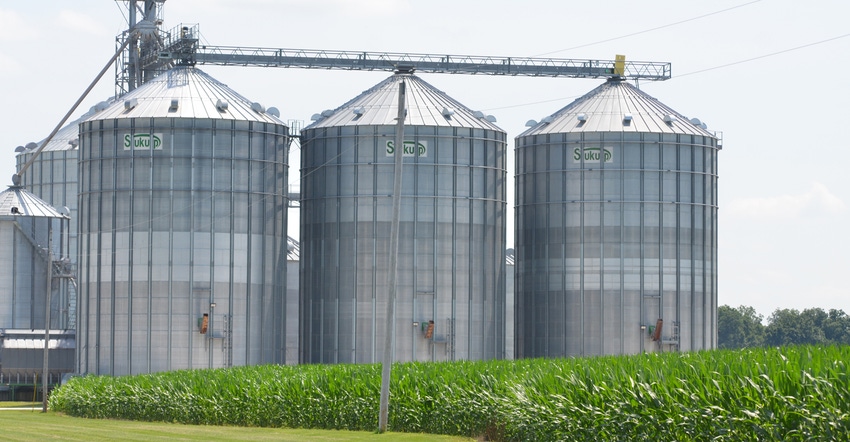
The next generation appears to be renting more acres. Given the higher prices of land, rental rate negotiations will likely be top of mind for these young producers.
According to Ben Brown, University of Missouri Food and Agricultural Policy Research Institute economist, Missouri saw an increase in rented acres in recent years as more land has transitioned to the next generation, interest rates have incentivized land investments, and interest in carbon markets and working land conservation has grown.
Landowners lease about 35% of Missouri crop, pasture and woodland acreage to renters every year. Based on the 2018 survey, that equates to about 9.8 million acres of Missouri agricultural land that is rented.
To provide information the next generation can use when negotiating land rental rates, MU researchers are seeking landowners, farmers, ranchers and hunters to participate in the 2021 Missouri rental rate survey.
Brown says producers, no matter age, want to know three things — what the weather is going to do, the future price of grain or livestock, and the going rate for land. He adds that the Missouri rental rate survey helps determine at least the going rate for land.
The survey collects rental agreement information for cropland, pasture, woodland hunting, building and facility rental, hay ground, livestock stocking rates, and future expectations.
How the land rent survey helps
Brown says the rental rate survey is the second-most downloaded on the webpage only to land values. “So, we assume that they are used frequently in rental rate negotiations,” he says, adding that either the landowner or the tenant is using it as justification for the proposed price.
Depending on whether you are a farmer or hunter, the rental survey helps in different ways. MU Extension found producers involved in each area for their thoughts.
Farmer. “As a producer, having this aggregated information of local markets allows me to compare my management practices to other producers’ practices,” Doug James, who raises corn, soybean and cattle in Missouri, said to MU Extension. “In today’s agricultural environment, the applied farm management information supplied by the University of Missouri is crucial to the many business decisions I have to make.”
Hunter. “Hunting lease evaluation includes land quality, habitat viability, contract specifications and available species,” said Jack Winn, a mid-Missouri hunter. “The Missouri Agricultural Rental Rate Summary provides guidance as a tenant when assessing hunting leases.” Hunters can use the survey results summary to gauge an appropriate rate to pay for hunting privileges.
Extension educator. “Accurate rental rate summaries give us as educators information regarding local markets to assist both tenants and landowners in this very important decision,” said Katie Neuner, county engagement specialist with MU Extension. Contact your local Extension center for questions about using the rental rate summary to make decisions about rental agreements.
Greater frequency of survey
One of the hardest parts of setting land rents is knowing the current going rate. In Missouri, the land rent survey is done about every three years.
“Many of our neighboring states do this survey every year,” Brown notes. But Missouri just simply didn’t have the resources. Brown wants to change that.
“I plan to conduct this particular study and the corresponding land values study every year going forward,” he notes. “The custom machinery rates survey will move from a three-year window to a two-year window.”
Take the rental rate survey
The anonymous survey takes five to 10 minutes to complete, Brown says. Farmers, ranchers, hunters and landowners can participate electronically at bit.ly/MissouriRentalRates21, or pick up a paper copy from a local MU Extension center.
The results will be published in the Missouri Agricultural Rental Rate Summary, which will be available at extension.missouri.edu and from county Extension centers.
About the Author(s)
You May Also Like






